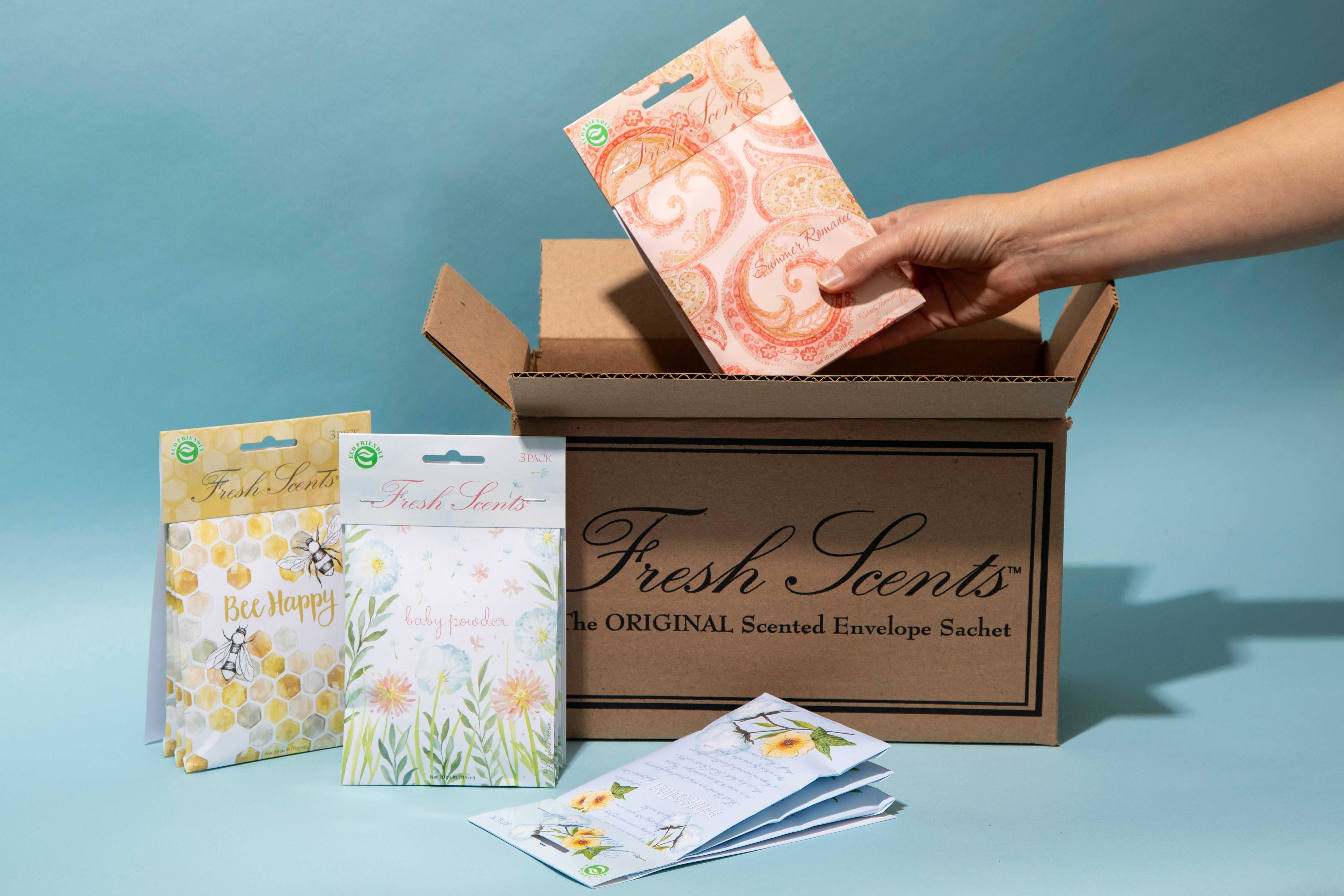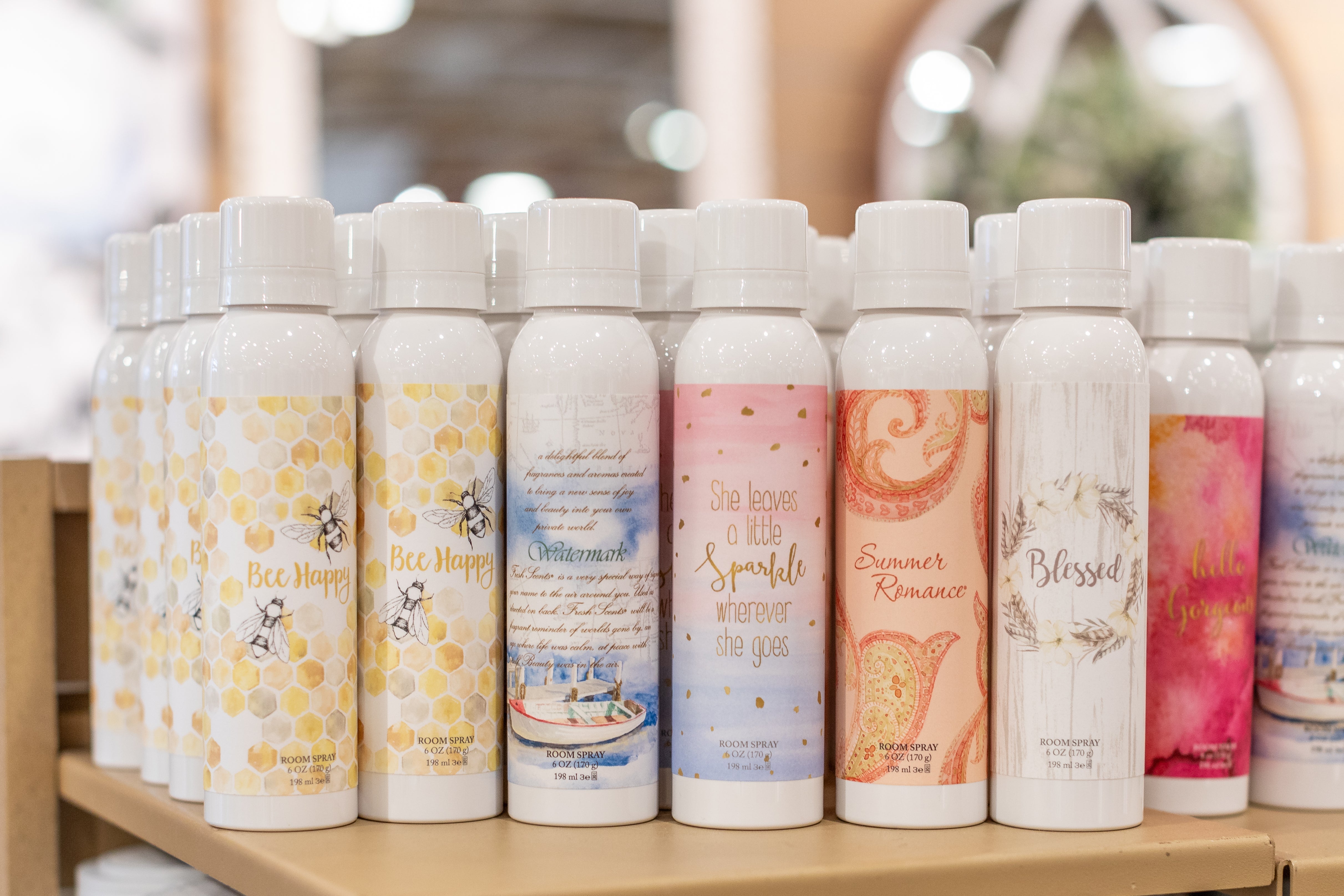Your grandma’s perfume, the smell of honeysuckle in the backyard, the juicy fruit gum you chewed as a kid—scent has the power to transport us to uniquely personal moments. Whether you want to or not, millions of scents throughout our lives will be distinctly tied to the moments we were introduced to them.
Sensory Branding 101: How Active Scent Can Strengthen Brand Identity
Your grandma’s perfume, the smell of honeysuckle in the backyard, the juicy fruit gum you chewed as a kid—scent has the power to transport us to uniquely personal moments. Whether you want to or not, millions of scents throughout our lives will be distinctly tied to the moments we were introduced to them. In the retail space, human’s connection to fragrance can be strategically leveraged to strengthen retail identity.
Sensory branding, particularly through the use of fragrances, can play a crucial role in building emotional connections with customers. Stores have been leveraging scent as a tool for brand loyalty and recognition for years, often without us realizing it. If you're facing challenges in boosting sales in the home fragrance category due to weak candle scents, packaging that limits scent diffusion, and other limitations, active scent can help bridge the gap between shopper and shelf, creating memorable experiences through scent.
The Science Behind Scent and Memory
Scent is uniquely linked to memory and emotion, thanks to the brain's olfactory bulb, which is part of the limbic system, the region responsible for emotions and memory. Research has shown that smells can trigger vivid memories and emotional responses more effectively than other sensory cues. According to a study published in the journal Chemosensory Perception, scents can evoke memories that are more emotionally potent and older than those evoked by visual or verbal stimuli (Herz, 2016). This strong connection between scent, memory, and emotion can be harnessed by retailers to create lasting impressions and emotional bonds with customers.
Case Study: Abercrombie & Fitch
Abercrombie & Fitch is one retailer that has successfully utilized scent to strengthen its brand identity. The company’s signature fragrance, Fierce, is diffused throughout its stores, creating a very distinct experience.
Abercrombie & Fitch chose to use Fierce as their signature scent for several reasons. Firstly, the scent was designed to appeal to their target market of young, trendy, and adventurous customers. The citrus and floral notes create a fresh and vibrant scent profile that is both bold and approachable, making it the perfect fit for the brand’s image.
Secondly, the memorable nature of Fierce ensures that customers associate the scent with the Abercrombie & Fitch brand, creating a strong brand identity and helping to differentiate the brand from its competitors. The scent has become so closely linked with the brand that it has become a part of the brand’s overall image and marketing strategy.
When the company rebranded in 2017, Abercrombie & Fitch aimed to move away from its preppy, boyish aesthetic towards a more neutral, refined one. The first step was to eliminate the Fierce fragrance from its stores. Why? The brand's existing identity was intrinsically linked to this scent. Even if they updated the clothing, rearranged the stores, and increased advertising, customers would still associate the cologne-filled scent of Fierce with the old aesthetic. Instead, Abercrombie & Fitch introduced Ellwood, a musk fragrance, designed to be “clean, subtle, and simple,” to greet customers and reinforce the new brand identity. What was this new identity? Gender neutral, polished and elevated looks that you could transition from the dorm room to the board room.
Translating to Mass-Market
While mainstream and specialty retailers face unique challenges compared to more boutique brands like Abercrombie, they can still create powerful scent experiences for customers. Unlike traditional scent marketing methods that pump a single fragrance throughout the store, using active scents like sachets allows for a more personalized and memorable experience.
Customers can discover their favorite scents as they explore the store, creating a stronger connection to the retail space. This approach offers a more engaging alternative to candles, reeds, or wax melts, which often require opening, lighting, melting, or wrestling plastic-mold packaging. With active scent the fragrance is released naturally as customers walk by, much the same experience as walking by the door of an Abercrombie circa 2010.
Implementing Scent Branding in Your Store
For category buyers facing declining sales, incorporating scent branding can be a game-changer. Here’s a step-by-step plan to leverage the power of scent in your store:
- Integrate Scent Strategically: Use scent diffusers or scented sachets strategically placed throughout your store to ensure a consistent fragrance experience. This could mean in addition to everyday display, adding end caps or active scent in cueing. It’s more than the fragrance aisle, but a holistic shopping experience.
- Seasonal Scents: Introduce seasonal scents to create a dynamic shopping environment. For example, the fragrant notes of cinnamon and clove are strongly linked to holiday tradition. Outside of the holidays this could mean floral scents in spring, citrus in summer, and pumpkin during autumn.
- Well-placed Display: Highlight your product on shelves between waist and nose height. Customers are most likely to be able to smell simply by walking by when the sachet is in the “scent-zone.”
- Measure the Impact: Track key performance indicators such as customer dwell time, repeat visits, and sales growth to evaluate the effectiveness of your scent branding strategy. Gather customer feedback to refine your approach and ensure it aligns with their preferences.
Conclusion
By leveraging the unique link between scent, memory, and emotion, retailers can create a stronger brand identity and foster deeper connections with customers. Real-life examples like Abercrombie & Fitch demonstrate the transformative power of scent branding. For category buyers and divisional merchandise managers facing slowing sales, incorporating a strategic scent branding plan can not only halt the downward trend but also put the category on a promising growth trajectory. Embrace the power of scent to transform your store into a memorable destination that customers will return to time and time again.
References
- Herz, R. S. (2016). The Role of Odor-Evoked Memory in Psychological and Physiological Health. *Chemosensory Perception*, 9(2), 74-82. [Link](https://link.springer.com/article/10.1007/s12078-016-9204-5)
- Reid, C. A., Green, J. D., Wildschut, T., & Sedikides, C. (2015). Scent-evoked nostalgia. *Frontiers in Psychology*, 6, 73. [Link](https://www.frontiersin.org/articles/10.3389/fpsyg.2015.00073/full)
- The power of familiar scents: Fierce by Abercrombie & Fitch®. Aroma Designers. (2023, May 5). https://www.aromadesigners.com/the-power-of-familiar-scents-fierce-by-abercrombie-fitch/




